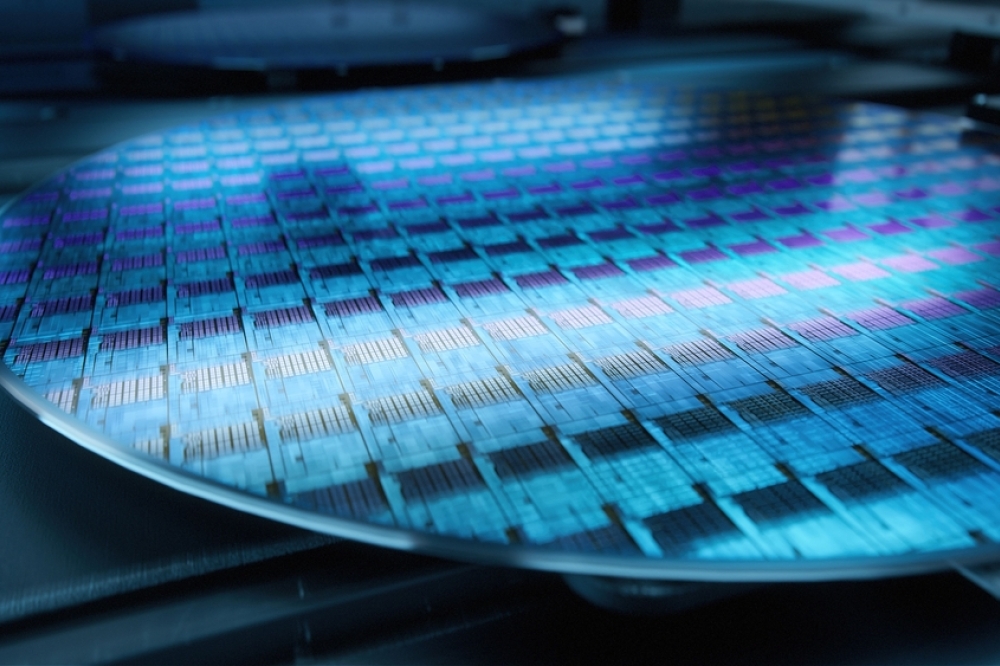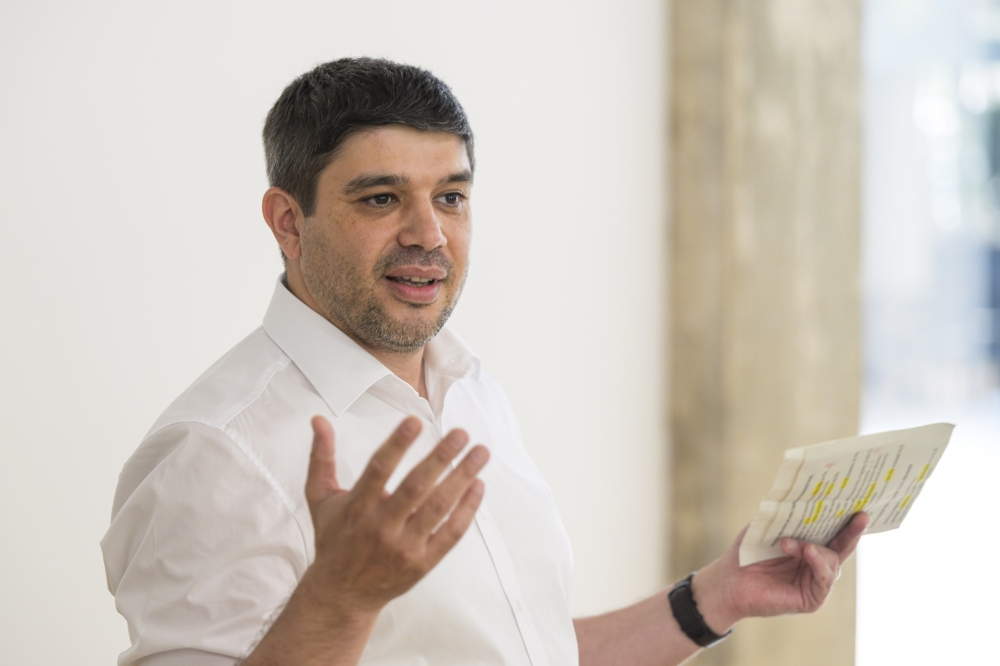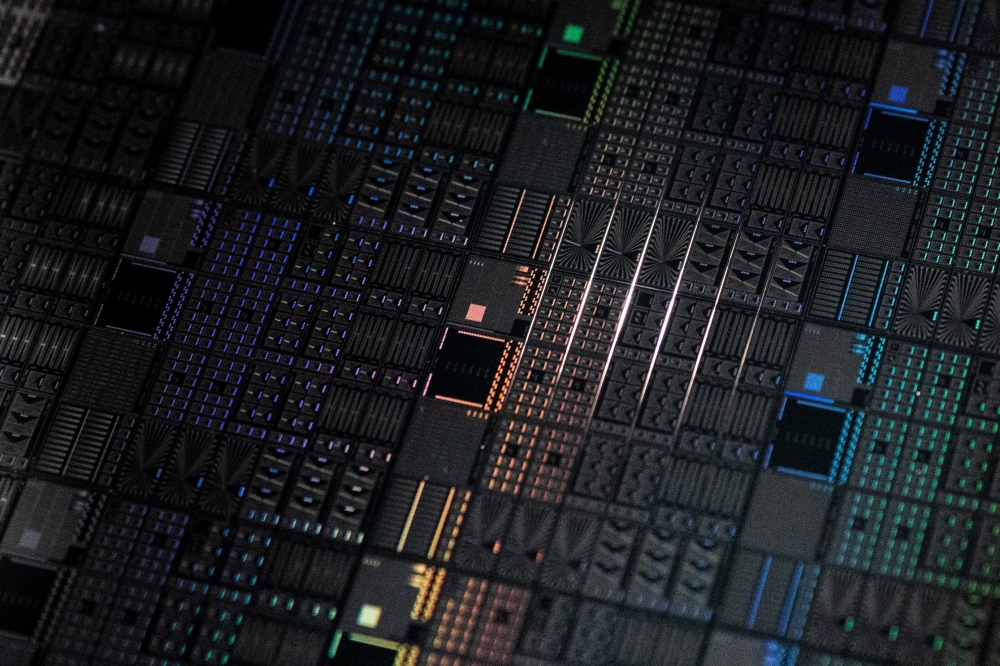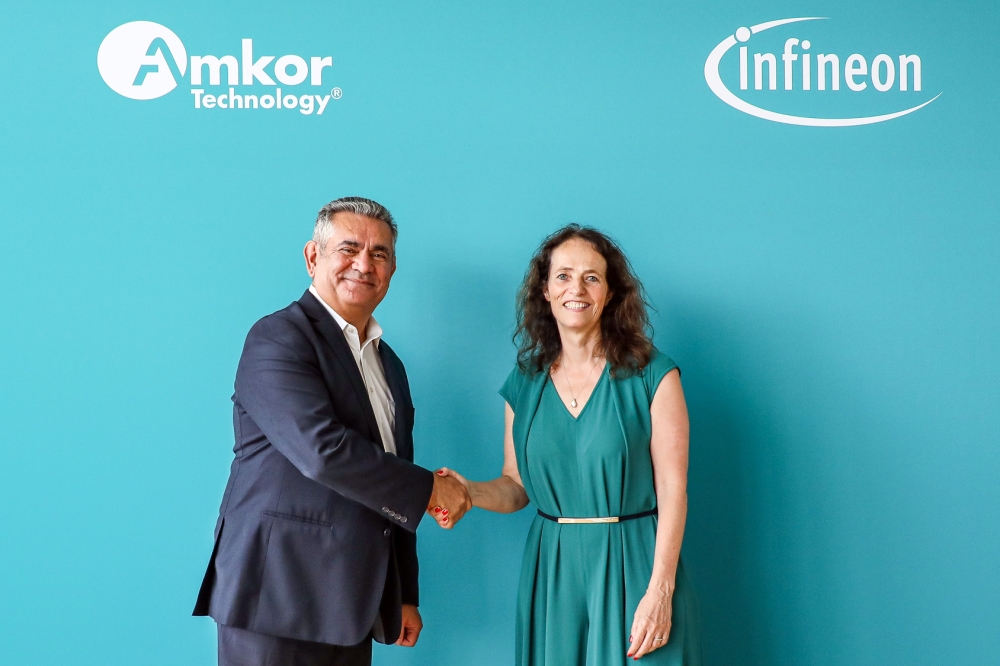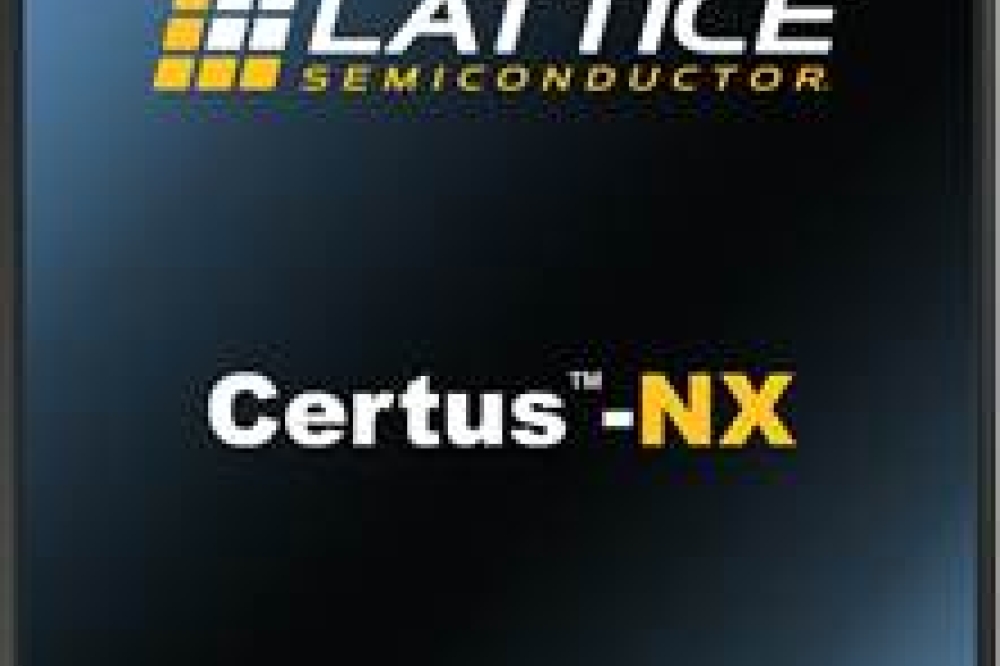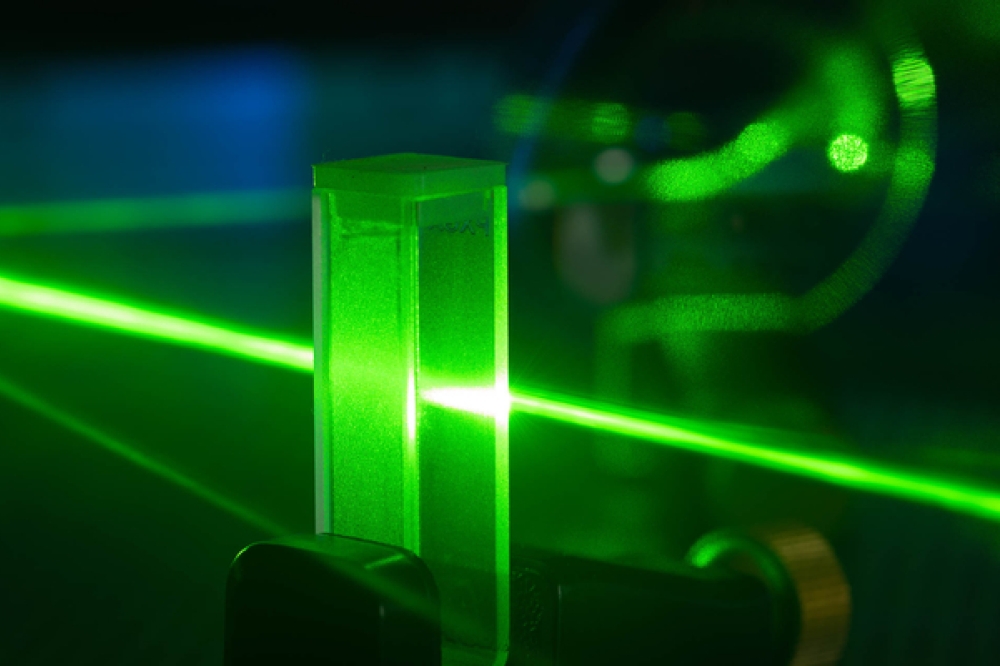Technique offers prospect of silicon detectors for telecommunications
A team of researchers, led by the Optoelectronics Research Centre (ORC) at the University of Southampton, has demonstrated a breakthrough technique that offers the first possibility of silicon detectors for telecommunications.
For decades, silicon has been the foundation of the microelectronics revolution and, owing to its excellent optical properties in the near- and mid-infrared range, is now promising to have a similar impact on photonics.
The team's research, reported in the journal Nature Materials, describes engineering the electronic band structure of laser-crystallised silicon photonic devices to help overcome one of the key challenges of using silicon in data communications.
The laser processing technique has been developed for their silicon optical fibre platform. It demonstrates that it is possible to completely crystallise the core material, while at the same time writing in large stresses to modify the optoelectronic properties, achieving extreme bandgap reductions from 1.11 eV down to 0.59 eV, enabling optical detection out to 2,100 nm.
Incorporating silicon materials within the fibre geometry avoids the issues associated with coupling between the micron-sized fibres used for the transport of light, and the nanoscale waveguides on-chip that are employed for data processing and communications systems.
Dr Anna Peacock, an Associate Professor in Optoelectronics who heads the group in the ORC, comments: "The ability to grow single crystal"“like materials directly inside the fibre core is a truly exciting prospect as, for the first time, the optoelectronic properties of the silicon fibre devices will be able to approach those of their on-chip counterparts."
Dr Noel Healy, the lead researcher on the project, adds: "Our discovery uses large variable strains to provide unprecedented control over silicon's optoelectronic properties. This greatly increases the number of potential applications for the material in both electrical and optical applications.
"Our paper shows that we can halve the material's bandgap energy. That means silicon can now be considered as a medium for optical detection all the way through the telecommunications band."
Fellow researcher Dr Sakellaris Mailis points out that this versatile laser processing method can be easily extended to a wide range of material systems.
The full collaborative research team includes Professor N. Bulgakova currently at HiLASE, Institute of Physics ASCR; Professor J. Badding, Dr T. Day, Dr J. Sparks, and Ms H. Cheng of the Department of Chemistry and the Materials Research Institute at Penn State University, and Dr P. Sazio of the ORC. A significant component of the work was conducted using the Diamond Light Source with the assistance of Dr K. Ignatyev.



